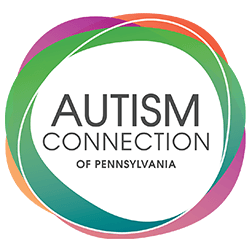Summary
A parent shares their experience with the least restrictive environment in classroom settings.
I walk into school on my first day of kindergarten and an adult points me in the direction of my classroom. Whew. Made it! I’m in the “Trauma, Depression, Anxiety, OCD, Autism classroom”. It’s where people like me go to get the support they need. Next door is the “Hearing Impaired Wheelchair User classroom”. Okay, so yes, I’m being over the top. Realistically, when I was in kindergarten 30 years ago, we didn’t talk about mental health and anyone with autism was “taught” in another school or in the basement.
“It is absolutely absurd that we sort people with disabilities. We sort them in school. We sort them at work. We sort them in the community. We wouldn’t do this to people outside of the disability world. So why do we do this to people with disabilities?”
LRE is an initialism that came into my world when we were preparing for my son to begin his school career. LRE stands for Least Restrictive Environment, and it basically means that students with disabilities have the right to be educated with their typically developing peers in general education as much as possible for each student. “Each student” means that each student needs something different to be successful, not each student with an autism diagnosis needs an autism support classroom. I said it. Many students don’t need to be in classrooms with their diagnosis on the wall to be successful.
Let me share an example. My son attended a preschool and was in a classroom where all the students had a diagnosis of autism. He would come home from school twisted in knots from overstimulation. Why? Because much like my son had behaviors (not always negative but certainly loud and many), so did the other students in his room for five hours a day.
First, they were four years old and that’s what four-year-old children do. Second, his wants and needs didn’t always mesh with everyone else’s. My son needed a structure and routine that flew in the face of other students’ necessary structure and routine. With these conflicting needs, the students would implode or explode, and need to recover. It is hard to learn feelings and coping skills when the classroom (the world) is loud.
The knot twisting stopped when he went kindergarten and was in the least restrictive environment (LRE). He started in general education, and attended with 20 other students, with the support of a paraprofessional. Start with inclusion and adjust when a student communicates they need something to be changed.
Oftentimes, what is needed is not a segregated space where all the autistic kids go, it is person-centered support in inclusive, safe spaces where everyone can be themselves to learn, practice coping skills, and build healthy relationships with themselves and others. This applies to all students. They learn from each other, and they have the right to have access and explore learning opportunities within the general education curriculum, including health education. This doesn’t always happen in the segregated settings.
There is only one world we all live in. We should not be modeling for any student that it is a best practice to sort people by a diagnosis.
E.R. Heffel

